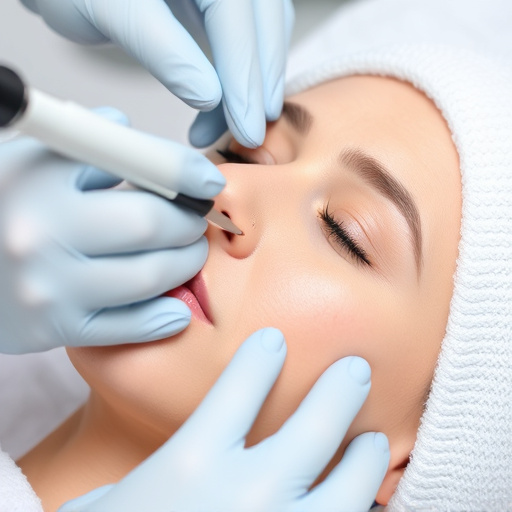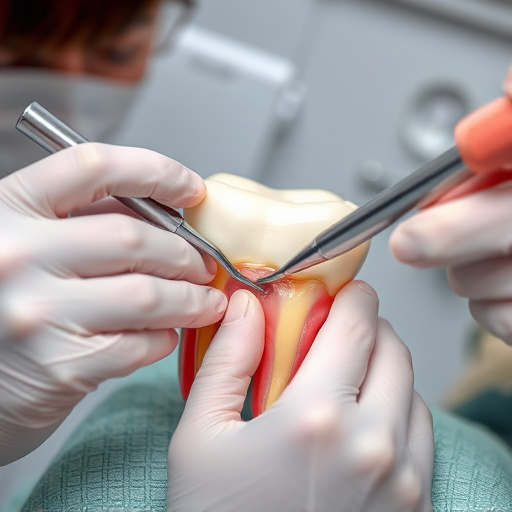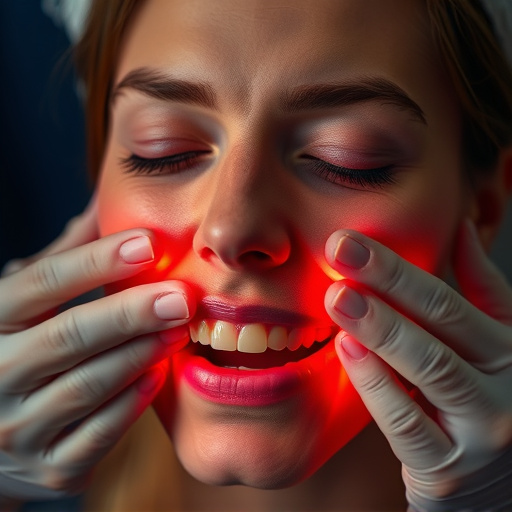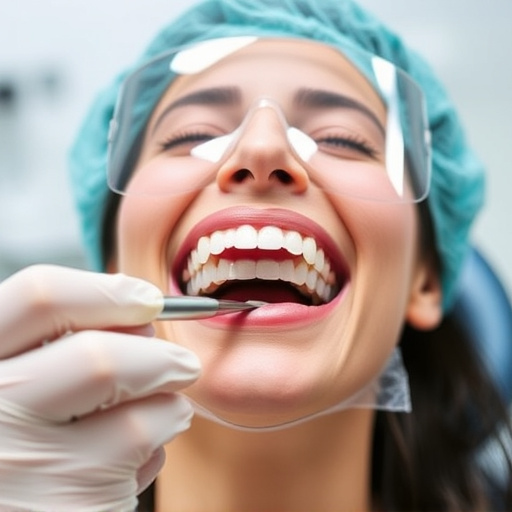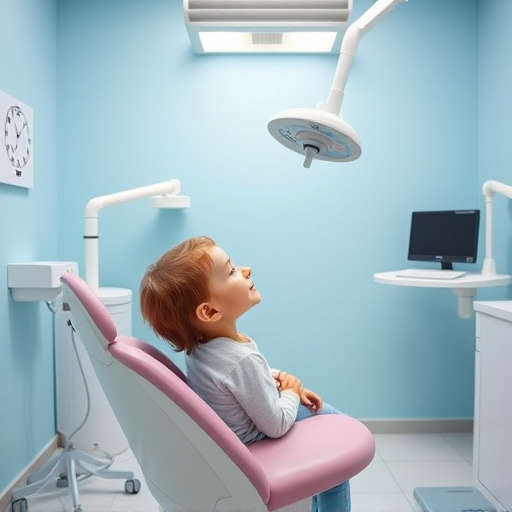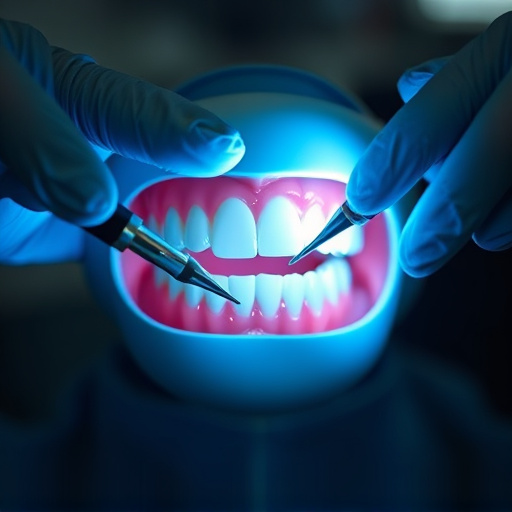Un dentista hispanohablante es valioso para pacientes no hablantes de inglés, mejorando la comprensión y reduciendo la ansiedad durante procedimientos dentales complejos. Utilizan lenguaje sencillo, analogías familiares y sensibilidad cultural para fomentar confianza y adherencia al tratamiento. Adaptan la comunicación y usan recursos visuales para asegurar la comprensión, promoviendo mejores resultados en la salud oral.
“In today’s diverse dental landscape, ensuring effective communication with Spanish-speaking patients is paramount. This article explores the unique challenges and opportunities presented by providing clear care instructions in Spanish. We delve into understanding common dental procedures in Spanish, discussing effective communication strategies tailored to this demographic. Furthermore, we emphasize a cultural approach to offering precise, accessible instructions, fostering trust and enhancing patient satisfaction among Spanish-speaking individuals.”
- Understanding Dental Procedures in Spanish
- Effective Communication Strategies for Dentists
- Providing Clear Instructions: A Cultural Approach
Understanding Dental Procedures in Spanish

Para los pacientes que no hablan inglés, encontrar un dentista que hable español puede ser de gran ayuda. Un dentista hispanohablante puede explicar procedimientos dentales complejos en un idioma que el paciente entienda completamente. Esto es especialmente crucial durante tratamientos como dental cleanings (limpiezas dentales), tooth repair (reparación dental) o wisdom tooth removal (extracción de muelas del juicio).
Al comunicarse efectivamente, los pacientes pueden comprender mejor las instrucciones post-tratamiento y sentir menos ansiedad. Un dentista que domina el español puede utilizar términos sencillos y analogías familiares para asegurar que sus pacientes estén informados y cómodos durante todo el proceso. Esto fomenta una relación de confianza y mejora la experiencia general del paciente en la consulta dental.
Effective Communication Strategies for Dentists

A Spanish speaking dentist plays a vital role in bridging communication gaps and providing clear, accessible care to a diverse patient base. Effective communication strategies are essential for ensuring patient comfort and understanding, especially when discussing sensitive topics like tooth extractions or cosmetic fillings. One key approach is to utilize simple, plain language that avoids medical jargon, ensuring patients grasp the treatment plan and aftercare instructions without confusion.
Additionally, incorporating cultural sensitivity into communication can foster trust and rapport. This might involve learning common phrases and expressions used by Spanish-speaking patients, taking time to listen actively, and being patient in explaining procedures step-by-step. A holistic approach that combines comprehensive dental care with empathetic communication creates an inviting environment where patients feel at ease, enabling better adherence to treatment plans and overall improved oral health outcomes.
Providing Clear Instructions: A Cultural Approach

When it comes to providing clear care instructions, a Spanish-speaking dentist takes a cultural approach that goes beyond mere language translation. Understanding the patient’s background and preferences is essential. For many Hispanic patients, communication style often involves direct eye contact, clear and concise language, and even a touch on the hand or arm to convey empathy and trust. Dentists who embrace this cultural norm can create a more welcoming environment, encouraging patients to ask questions and actively participate in their dental care.
This personalized approach is particularly important when discussing complex procedures like restorative dentistry, including dental crowns. Using simple terms and visual aids, such as diagrams or models, helps bridge the communication gap. During routine oral exams, for instance, explaining each step in Spanish, ensuring comprehension, and addressing any concerns can foster a stronger patient-dentist relationship. Such an inclusive practice not only enhances understanding but also promotes better adherence to dental care recommendations.
A Spanish-speaking dentist plays a vital role in bridging communication gaps and ensuring clear care instructions for Hispanic patients. By employing effective communication strategies, such as using simple language, visual aids, and cultural sensitivity, dental professionals can significantly enhance patient understanding and satisfaction. Understanding dental procedures in Spanish and providing clear instructions tailored to cultural preferences creates a more inclusive and accessible dental care environment, ultimately leading to better oral health outcomes for this specific demographic.


